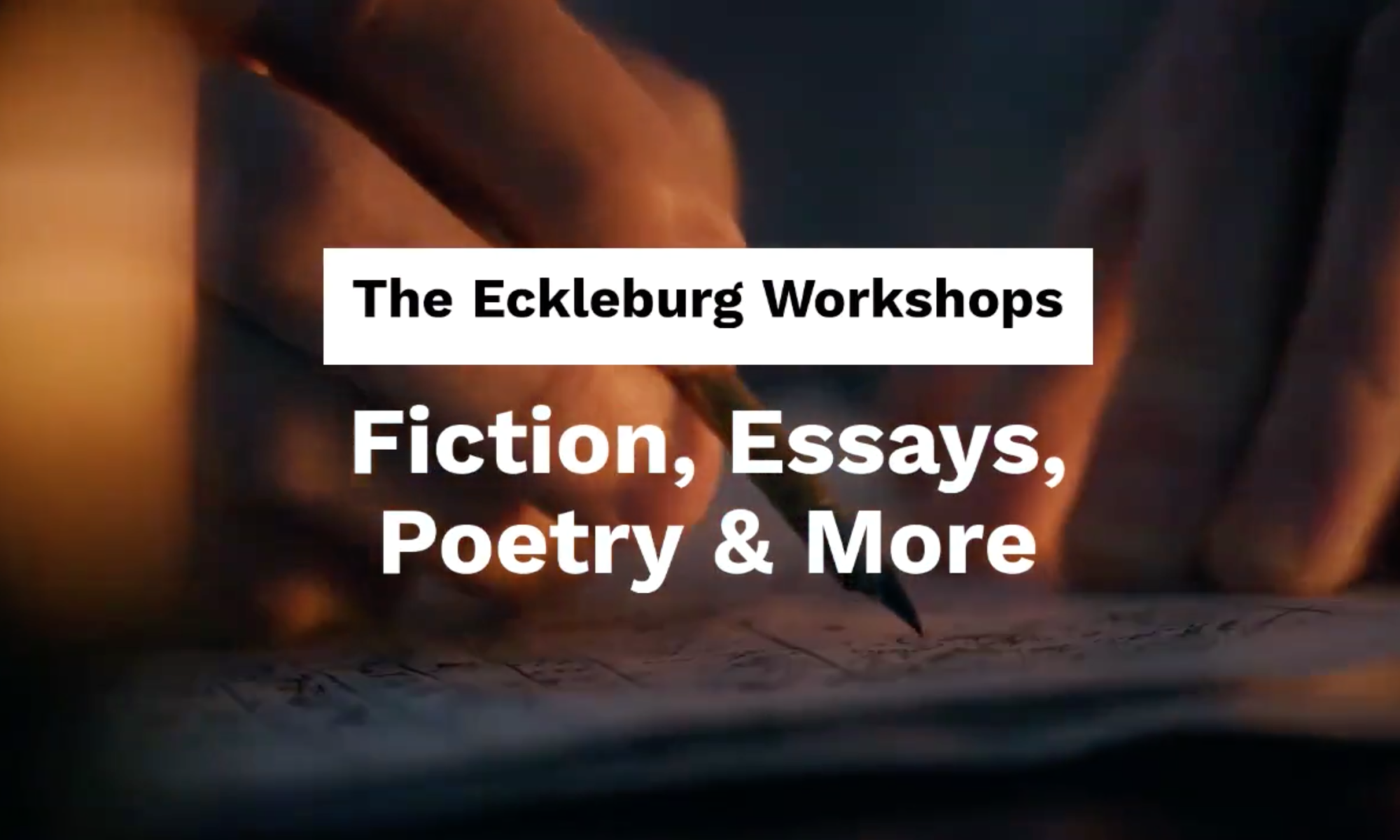In the Poetics, Aristotle, in defining tragedy, sees its objective as being “through pity and fear effecting the proper purgation [catharsis] of these emotions,” but he does not explain what “proper purgation” means. In his time it had both a medical and a religious signification. In medical terms catharsis referred to the discharge from the body of the excess of elements produced by a state of sickness and thus the return to bodily health. Viewed in this sense, catharsis is the process by which an unhealthy emotional state produced by an imbalance of feelings is corrected and emotional health restored. An ambiguity in the Greek wording makes it possible that what is purged is not the emotions but the complications of the plot. In religious terms, as expressed in several places by Plato, catharsis is the process of purification by which the soul collects its elements, brings itself together from all parts of the body, and can exist: “alone by itself, free from the body as from fetters.”
Whatever Aristotle means thereby, catharsis remains one of the great unsettled issues. That it implies a beneficial cathartic effect produced by witnessing a tragic action is clear; how it is produced is in question. Some believe that the spectators, by vicarious participation, learn through the fate of the tragic hero, that fear and pity are destructive and thereby learn to avoid them in their own lives (this interpretation is clearly didactic). Others believe that the spectator, being human and thus subject to disturbing emotions of fear and pity, has this imbalance rectified and these internal agitations stilled by having an opportunity vicariously to expend fear and pity on the hero…. (Handbook to Literature)
Catharsis Writing Exercise
How well does your most pinnacle scene in your focus work exact catharsis from your reader? Does the tension build then release in an effective way?
Choose a pinnacle scene from one of your favorite works written by another writer. This scene should echo your intended effect for your own scene.
Give both scenes to three trusted readers who have not yet read your work. Do not give the readers any information about the scene or the overall work. Let the readers read as if this scene is the entire work.
Ask the readers, on a scale from one to five, how tense they felt in the opening of each scene. (Keep in mind that even though the longer work will have built a gradual tension over time, the scene itself should echo this degree of tension by either aligning itself with the intended state of tension or challenging it.) Then ask the readers, on a scale from one to five, how relieved they felt at the close of the scene. Next, ask each reader to briefly describe a time in their own lives when they felt both tension then relief similar to the scene you’ve written.
Do your readers have trouble remembering a time when they felt something similar to your scene? Why? How might you further explore your scene to connect the readers more intimately to the tensions and catharses of your scene?
Submit Your Work for Individualized Feedback
Please use Universal Manuscript Guidelines when submitting: .doc or .docx, double spacing, 10-12 pt font, Times New Roman, 1 inch margins, first page header with contact information, section breaks “***” or “#.”
Sources
The Age of Insight: The Quest to Understand the Unconscious in Art, Mind, and Brain, from Vienna 1900 to the Present. Eric Kandel.
A Handbook to Literature
“Cogito et Histoire de la Folie.” Jacques Derrida.
Cognitive Neuropsychology Section, Laboratory of Brain and Cognition.
Eats Shoots and Leaves: The Zero Tolerance Approach to Punctuation
The Elements of Style.
New Oxford American Dictionary
The Norton Anthology of World Literature
The Norton Introduction to Philosophy
Woe is I: The Grammarphobe’s Guide to Better English in Plain English
Writing Fiction: A Guide to Narrative Craft
Writing the Other

